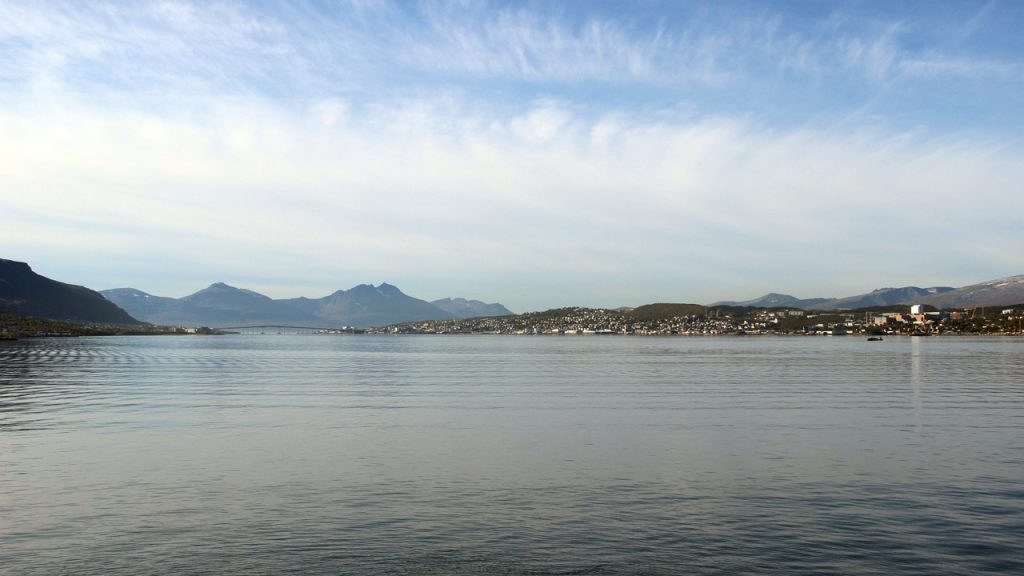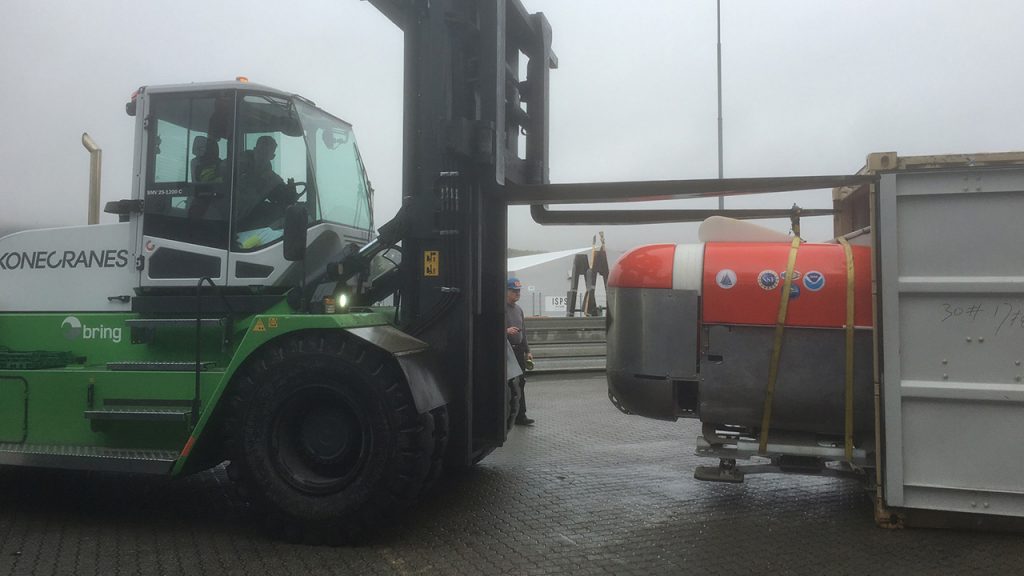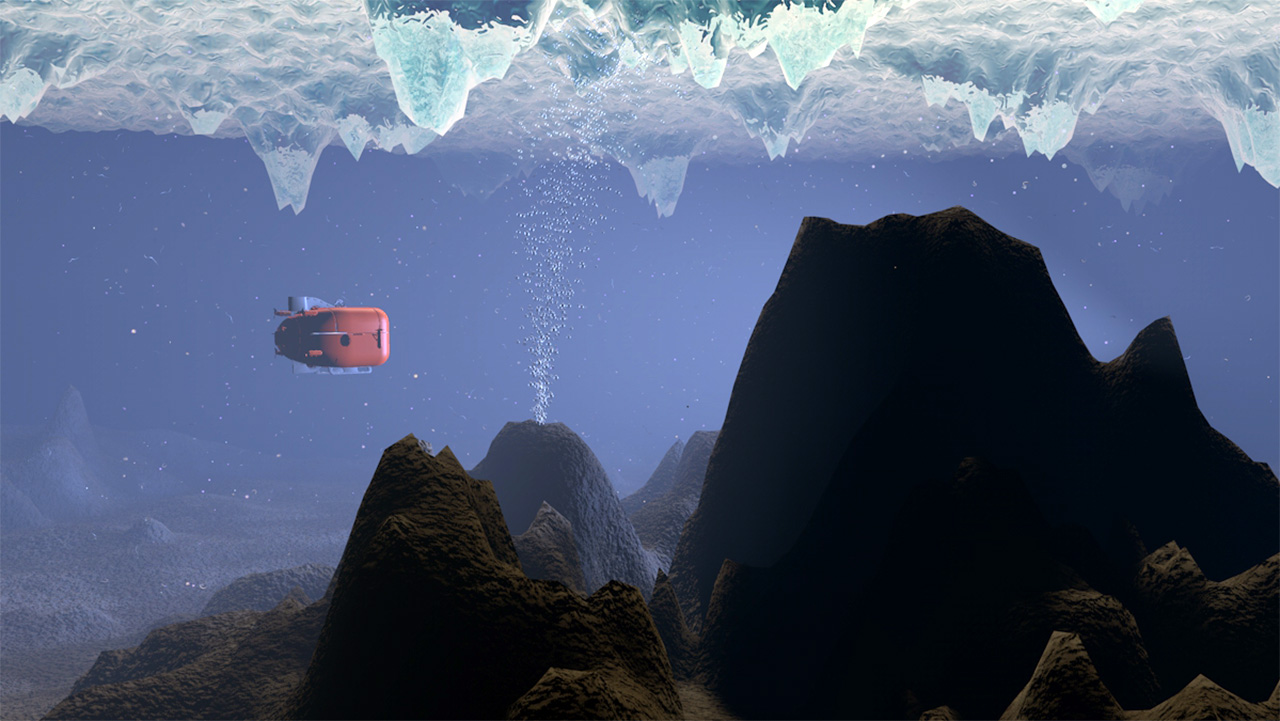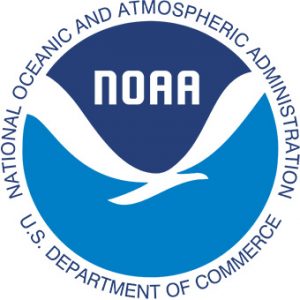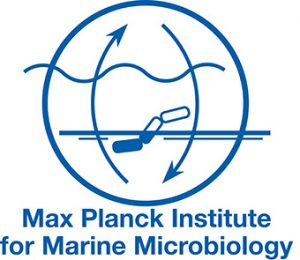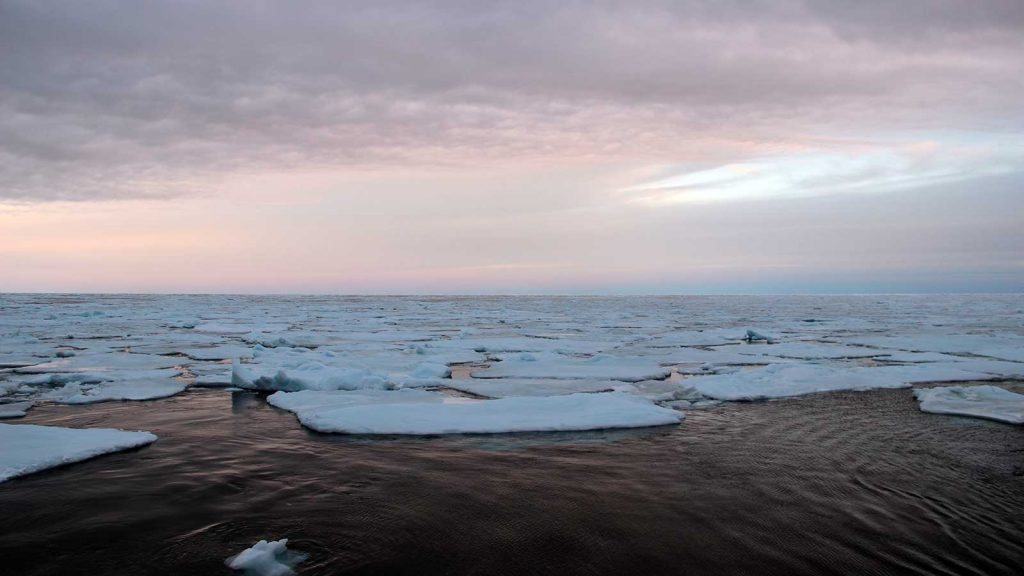
This morning we reached the edge of the sea ice. (Photo by Chris German, ©Woods Hole Oceanographic Institution)
We had a quiet weekend as we sailed north about 600 miles from northernmost mainland Norway, across the Barents Sea, and then up the east side of the Svalbard Archipelago. We passed very close to the islands of Nordaustlandet and Kvitoya as we crossed 80°N late afternoon yesterday (Sunday), but it was so foggy that my photographs showed only gray, even though I was pointed in the right direction to see land.

